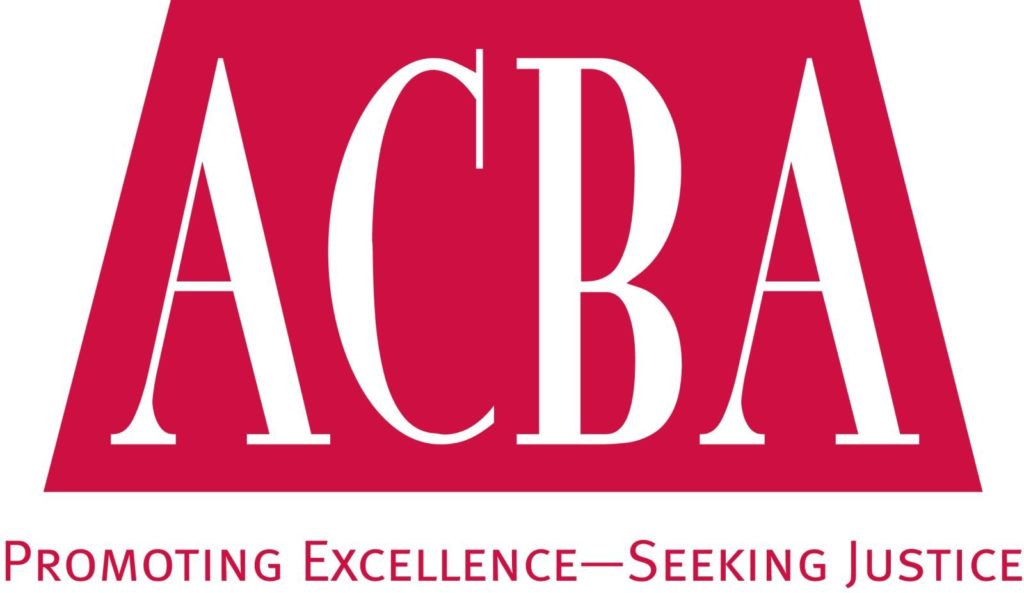 Pre-Trial Motions IV: Dealing with Judges and Their Questions
Pre-Trial Motions IV: Dealing with Judges and Their Questions
By: Tim Hallahan
This is the fourth in a series of articles on arguing pre-trial motions.
ANSWER THE QUESTION!
The number-one complaint of most motion judges is that attorneys do not answer their questions directly. According to Los Angeles Superior Court Judge Eric E. Younger, this usually takes three forms: 1) the judge asks one question and the attorney answers another; 2) the judge asks for authority for the asserted position and the attorney does not provide it; 3) the judge asks where a particular fact can be found and the attorney explains the fact without saying where it can be found.
As former U.S. Solicitor General George Davis once said, “Rejoice when the judge asks you a question.” Indeed, the judge’s questions, whether aimed at you or your opponent, offer clues about what the judge is thinking and thus how to convince him to rule your way.
As the other side presents its arguments, scrutinize the judge for her reactions to various points. Listen carefully when the judge questions your opponent. Take notes about her concerns. Such queries tell you a lot about the judge’s interests and give you an opportunity to use some of the same words in your argument. Judges, being human, love to have their own questions quoted; it makes them feel that you’re listening, a sign of respect in some cultures.
How do you battle with a judge, especially one who’s cantankerous or appears to favor the other side? Like a baseball umpire confronting an irate manager, have the answers. You do that through meticulous preparation, anticipating the areas in which you will be asked questions. If prepared, you can answer any tough questions directly and then launch into an explanation that affirmatively helps you. In other words, use the judge’s questions to make points you would have liked to make anyway.
OTHER CREDIBILITY TIPS
Be prompt and prepared. Have your file organized and well indexed. Fumbling through papers to find a document or a particular fact will hurt your confidence and credibility.
Create an air of competence by faithfully following the procedural rules of your jurisdiction and judge. An Alameda County judge recently told me that almost half of the motions he sees are resolved because one of the parties did not follow procedural rules. The appearance of your paperwork speaks volumes about your competence. Proofread! Avoid the appearance that your papers are mere boilerplate. Even if you don’t feel competent, fake it.
Be credible and honest. Judges, at least subconsciously, will lean toward the side that appears more believable. Don’t mis-cite cases. Don’t recite facts that are not in your papers. Don’t make points without authorities to back them up. As my wife likes to say: “Counsel’s argument is all P’s and no A’s!”
Appear sincere, as if you really believe your own argument. In most cases, believing in your position should not be a problem, especially if you bring or oppose motions in good faith. To paraphrase Cicero: “Nothing convinces like conviction.”
Appear reasonable. A start is to have good cause for being in court in the first place. Judges say that as many as half the motions they hear are a waste of everyone’s time and money.
Don’t be afraid to go “toe-to-toe” in vigorous (though courteous) debate with the court. Most judges expect it and will respect you for doing so.
Be prepared to accept or offer a compromise. Secure authority from your client to settle the motion or even the case itself before you walk in the door.
TENTATIVE RULINGS
Many judges make tentative rulings based on the briefs or points and authorities that have been filed. The rulings are posted at the court or are available by telephone before the hearing. It’s crucial to find out how it is done in the jurisdiction in which your motion will be heard and to discover who has the burden to appear and argue.
The first question is whether to appear at all. The tentative-ruling procedure is designed in part to avoid the hearing. Moreover, preparing for such a hearing is tricky, as you must focus your argument on the reason(s) why the judge ruled as he did. If the basis for the judge’s ruling is not apparent, good motion advocates seek to engage the judge in conversation, trying to discern the basis.
How you get this information depends in part on the judge’s personality. A direct “why did you tentatively rule this way?” is dangerous unless you first remind the judge of the case, motion, and issues. Sometimes it is best to provide alternatives: “Is the Court inclined to deny the motion based on privilege or work product?” Other times it is best to tell the judge that you assume it was for reason X and will address that issue unless she advises you otherwise. If the judge won’t answer directly, it’s best to go ahead and argue as you normally would, but invite questions and comments as you proceed.
NEXT ISSUE
Next issue I’ll finish this series on Pre-Trial Motions with a discussion of how to deal with your opponent and how to conclude effectively.
HOT BONUS
Try your hand at I Object Again!: Criminal, my second online Qstream evidence course. Go to www.QStream.com, sign up, and, over the course of a month or so, two questions will appear in your email box every few days. You can practice making rulings and sharpen your evidence knowledge. It’s fun, educational, and free.
Tim Hallahan is Director of the Trial Advocacy Program at Stanford Law School, a judicial education attorney with the Administrative Office of the Courts, a national CLE speaker, and cofounder of The Hecht Training Group, a litigation skills training firm (http://www.hechttraininggroup.com). He also serves on the ACBA CAAP Advisory Committee and chairs the ACBA Communications Advisory Committee.
